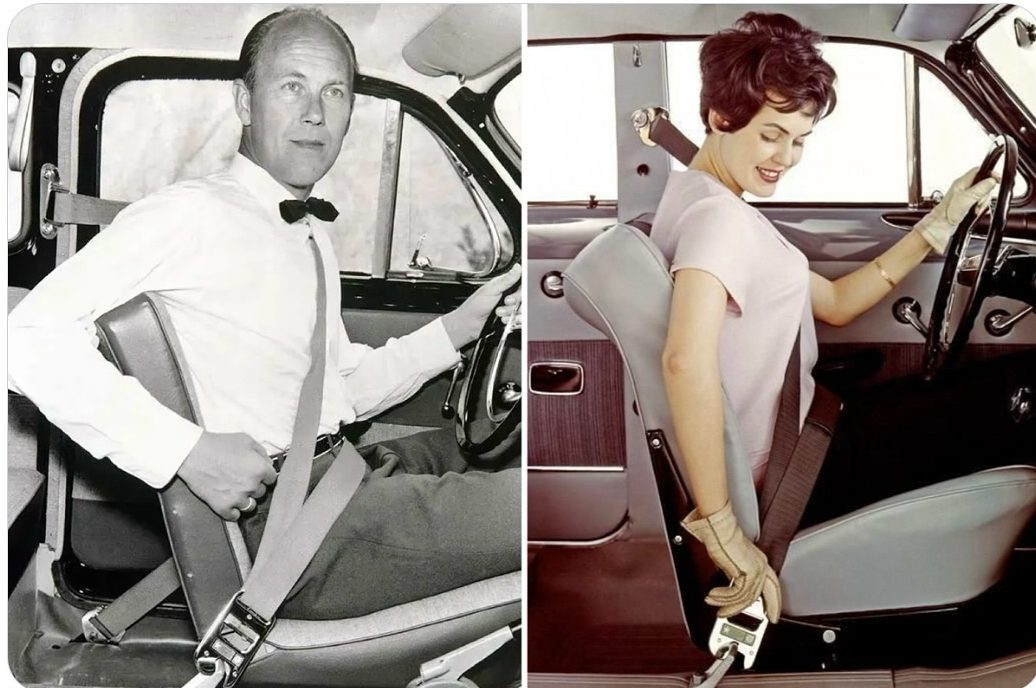When Volvo invented the three-point seat belt in 1959, it made it patent-free for all competitors to use to save lives because it had more value as a free life-saving tool than something to profit from
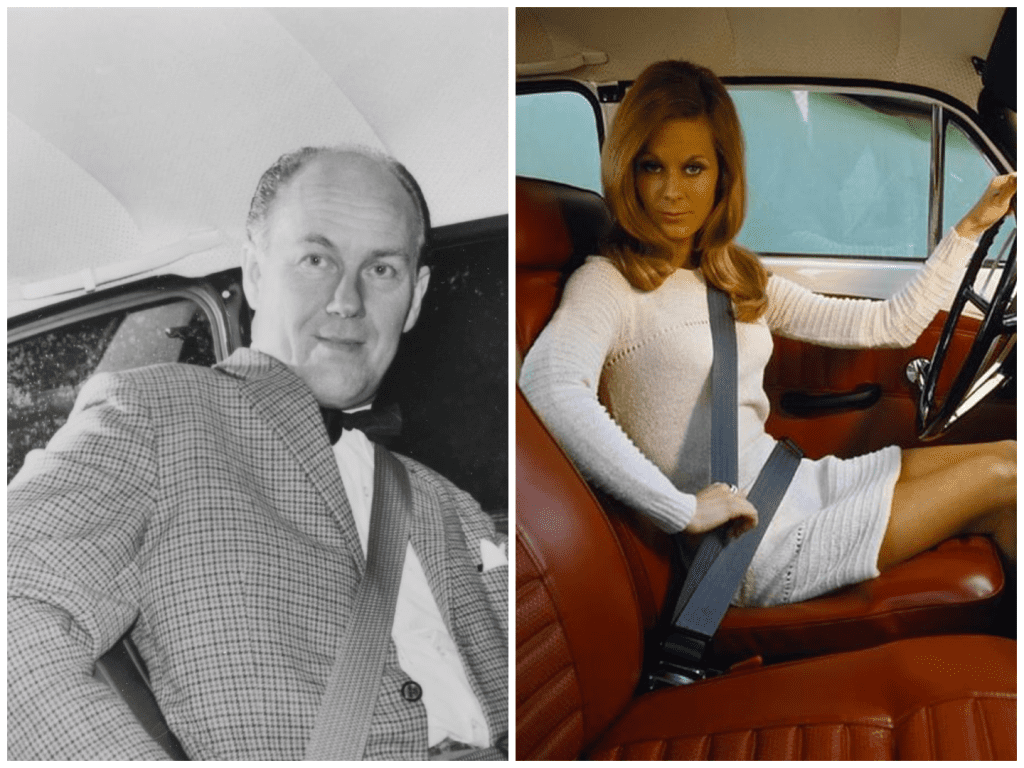
Sometimes, the most powerful acts of human kindness don’t come with grand speeches or worldwide announcements. Sometimes, they come quietly—through engineering, through ethics, and through decisions made in boardrooms that choose people over profits. In 1959, Volvo made one such decision, and it changed the world more than most people realize. It started with a seat belt.
That year, a Volvo safety engineer named Nils Bohlin created something that would go on to become one of the most effective life-saving inventions in modern history: the three-point seat belt. Before that, seat belts in cars were mostly lap belts—those basic straps that went across your waist. They helped, sure, but they weren’t great. In crashes, they could cause injuries or fail to properly restrain a person. Nils Bohlin, who had worked on ejector seats and safety harnesses for jet pilots before joining Volvo, understood the importance of a secure and balanced restraint. He wanted to bring that same level of safety to everyday people, driving everyday cars.
What Bohlin designed was deceptively simple. A belt that secured the upper and lower body with one continuous strap, anchored in three points—the shoulder, the chest, and the hip. It was easy to use, comfortable enough for everyday driving, and, most importantly, incredibly effective in keeping people safe during accidents. Volvo introduced the new belt in its 1959 Volvo PV544 and quickly realized they were onto something revolutionary.
But what happened next is what truly sets this story apart.
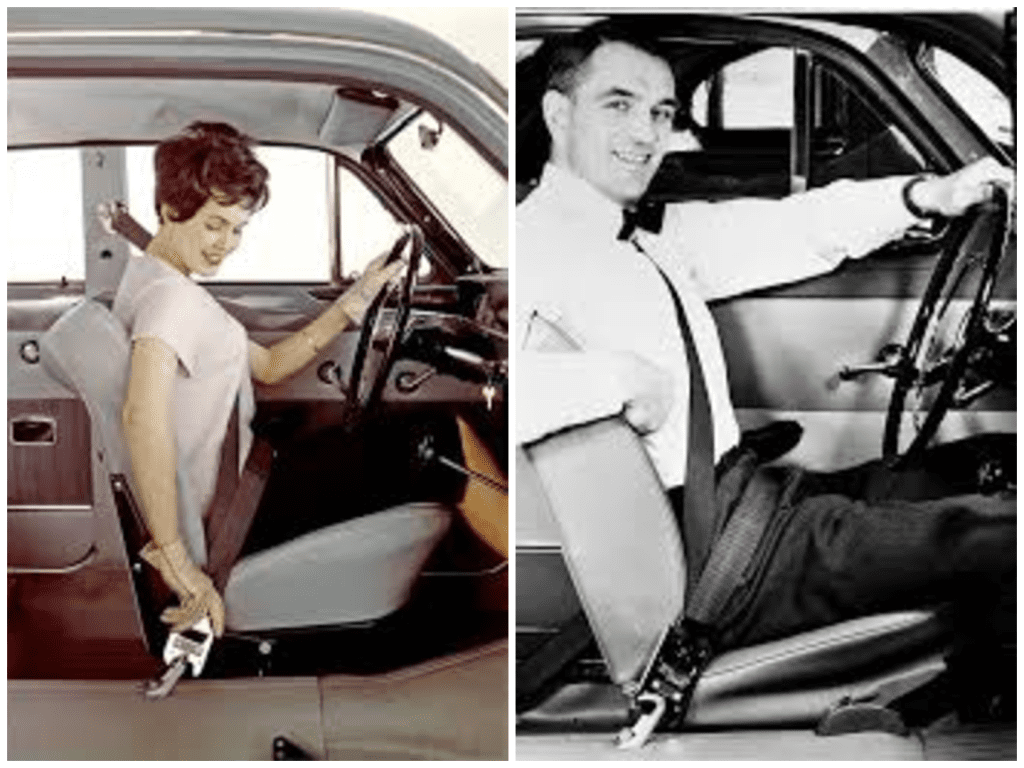
Volvo filed a patent for the design, as any company would. But instead of locking it down and demanding royalties from every carmaker who wanted to use it, they made a choice that was, by all business logic, unthinkable. They opened the patent. They made it available, royalty-free, to every other car manufacturer in the world. Volvo decided that saving lives was more important than making money from the technology. They believed the seat belt was too valuable to keep for themselves.
This wasn’t a PR stunt. This was a real, deliberate sacrifice of potential profit. And it worked. The three-point seat belt became a standard across the auto industry. It wasn’t forced through legislation or made exclusive to luxury brands. It spread because it was free, and because it worked. It spread because one company decided to share something good instead of selling it.
Since then, it’s estimated that the three-point seat belt has saved over one million lives. That’s not an exaggeration. According to the World Health Organization and global traffic safety reports, seat belts are still among the most effective safety tools in cars. Nils Bohlin’s invention has prevented untold numbers of injuries and deaths over the last six decades—not just in Volvos, but in cars of every make and model around the world.
It’s hard to put into words what that really means. One invention, freely shared, became the silent guardian of millions of people. It’s there every time someone buckles up before backing out of their driveway. It’s there in every crash where someone walks away because of that single strap. It’s there in every family that didn’t have to bury a loved one because they wore a seat belt.
And yet, how often do we think about it?
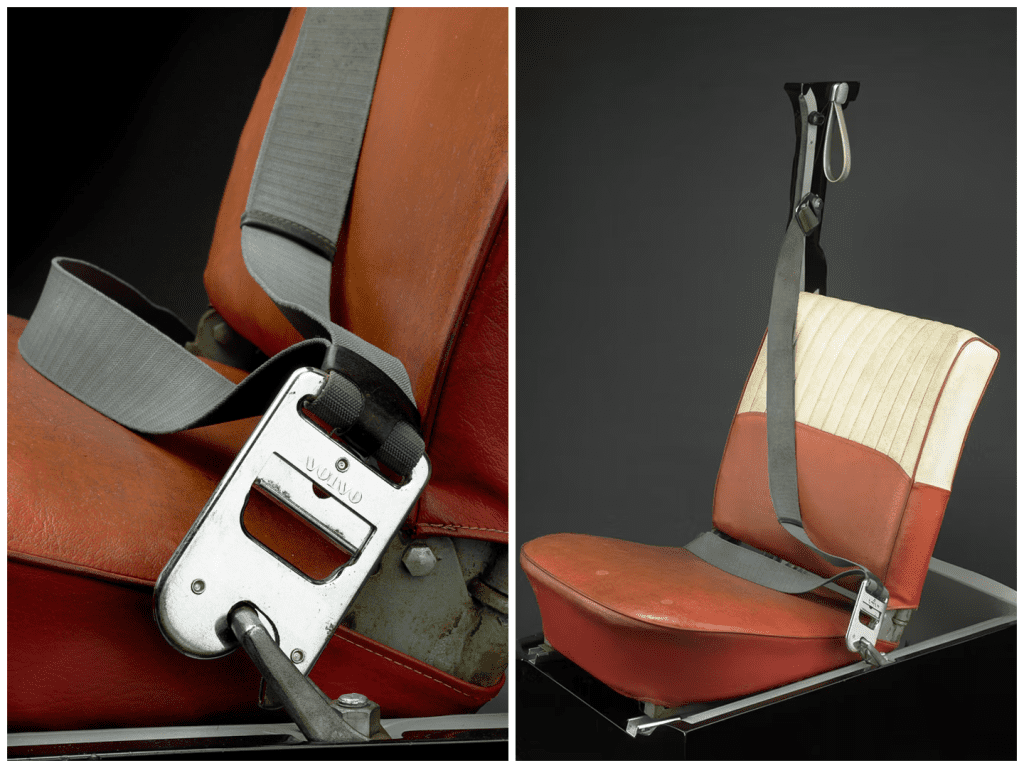
We take it for granted. It’s just part of the car. You pull it across your body and click it in place. But the story behind it is a reminder that not all progress comes with a price tag. Some of it comes from people who believe in doing what’s right—quietly, selflessly, and with no expectation of reward.
Volvo has long been known for its commitment to safety, but this decision solidified its legacy in a way that very few car companies have matched. They put their values above their bottom line. And it wasn’t just good ethics—it became good branding, too. Today, Volvo is still associated with safety because people remember the things that matter. People remember when a company does something that helps everyone, not just its shareholders.
Nils Bohlin passed away in 2002, but his legacy lives on every single day. Every seat belt click is a tribute to his work. Every life saved is part of his story. And while other inventions have come and gone, this one endures. Not because it’s flashy or new, but because it’s simple, reliable, and made with the right intentions.
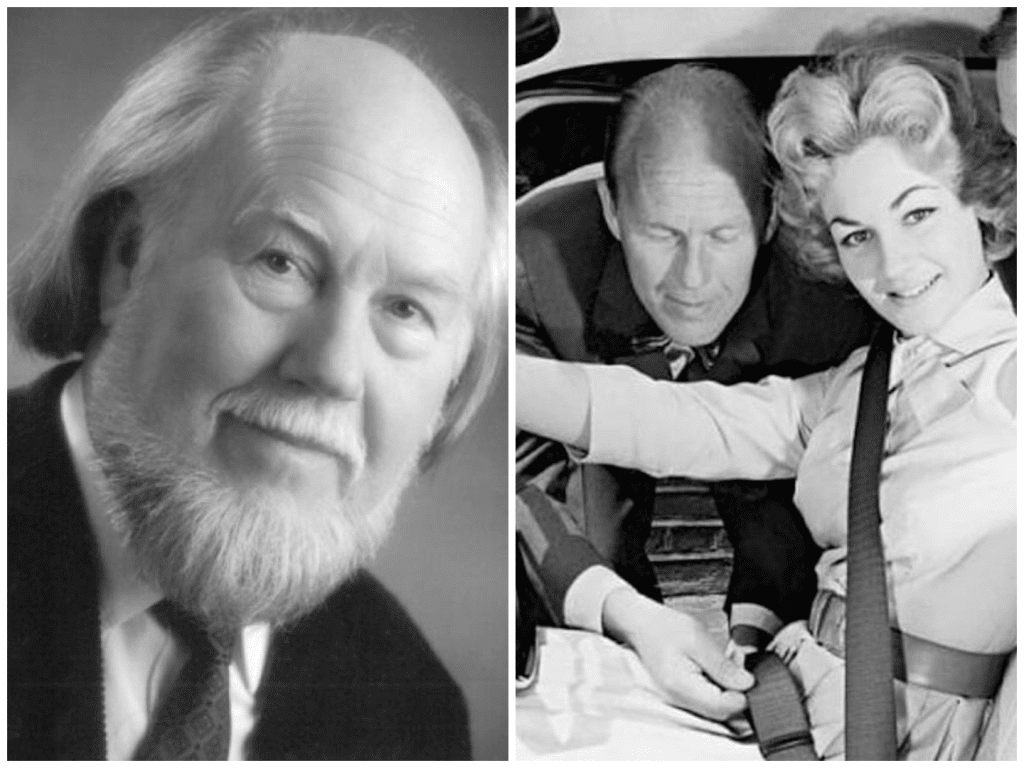
In a world where companies often guard their patents like treasure, where life-saving technology is sometimes kept behind paywalls or limited by profit motives, the story of Volvo’s three-point seat belt feels even more remarkable. It’s proof that sometimes, the greatest impact comes from giving something away. From recognizing that the real value of an invention lies not in how much money it makes, but in how much good it does.
So next time you get into a car and pull that belt across your chest, take a second to remember the man who invented it—and the company that shared it with the world. It’s more than a strap of fabric and metal. It’s a symbol of what happens when safety, generosity, and innovation come together.
That little click you hear when you buckle up? That sound has saved more lives than most of us will ever know.

Daniel Reed is a curious mind with a passion for breaking down how the world works. With a background in mechanical engineering and digital media, he turns complex ideas into easy-to-understand articles that entertain and inform. From vintage tools and modern tech to viral internet debates and life hacks, Daniel is always on the hunt for the “why” behind the everyday. His goal is simple: make learning feel like scrolling through your favorite feed — addictive, surprising, and fun.
